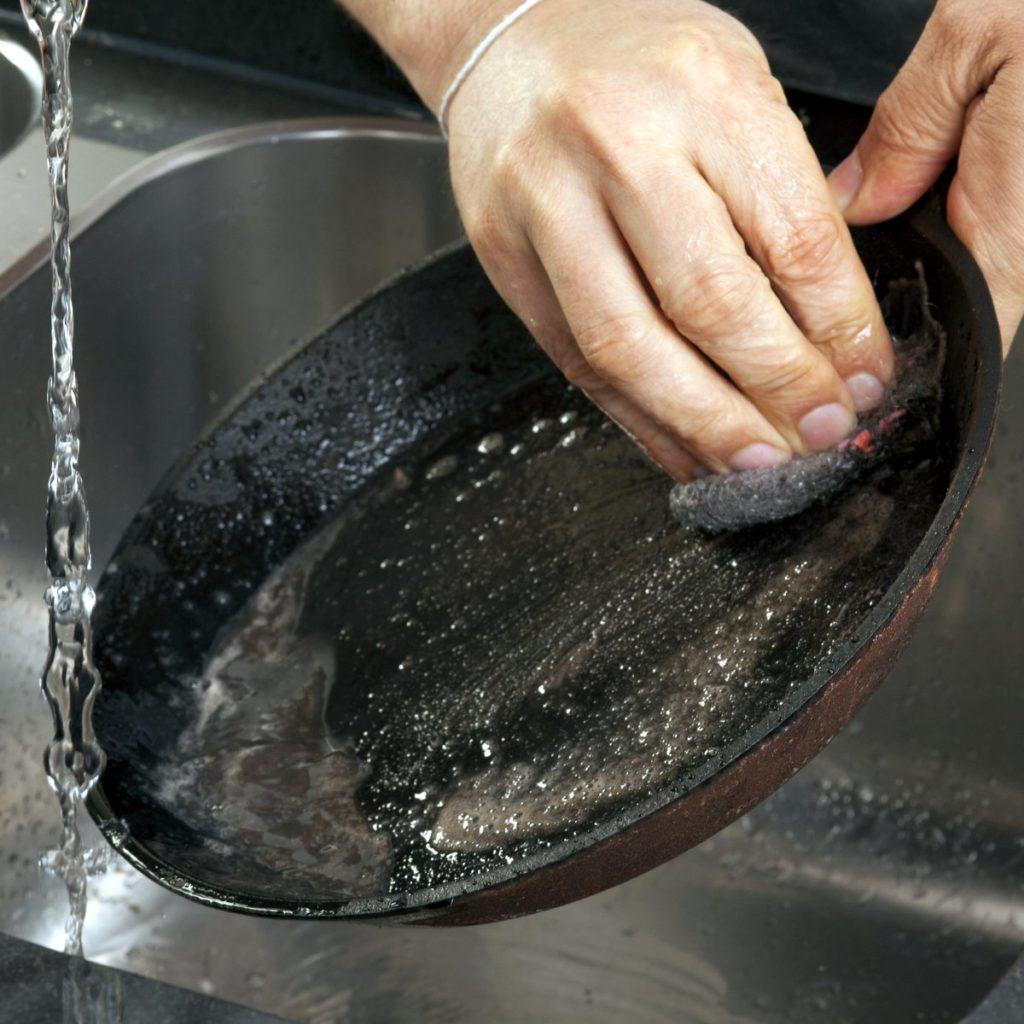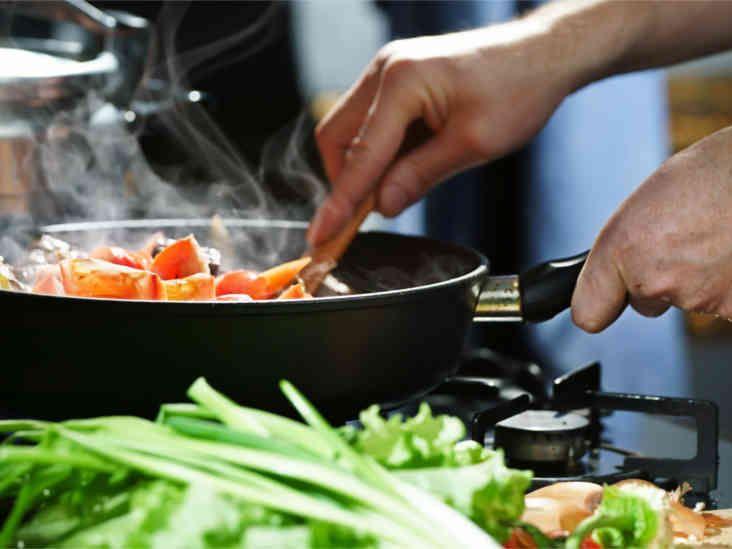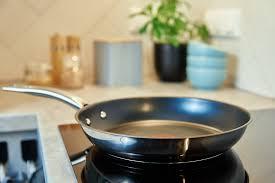Hospitals admitted over 250 patients with ‘Teflon flu’ in 2023. This number marks a record high since 2000. Experts warn of a potential health crisis linked to common household items.
But what’s causing this sudden spike in cases?
Did you know? Teflon was accidentally discovered in 1938 by Roy Plunkett while working on refrigerants.
Nonstick Pans: Friend or Foe?

Nonstick pans offer convenience but may pose hidden dangers. Improper use can release toxic fumes, causing flu-like symptoms. The global market for these pans reached $1.7 billion in 2017.
Are millions of homes harboring a potential health hazard?
Stat: The nonstick cookware market is expected to reach $4.1 billion by 2024.
Polymer Fume Fever: A Silent Threat

Polymer fume fever occurs when nonstick pans overheat. Symptoms mimic common illnesses, making diagnosis challenging. Only 3,600 suspected cases were reported in two decades.
What unseen factors are driving the recent surge?
Historical fact: The first nonstick pan was sold in France in 1956.
PFAS: The ‘Forever Chemicals’ Dilemma

Nonstick coatings contain PFAS, known as ‘forever chemicals’. These substances persist in the body and environment. PFAS link to various health issues, including cancer.
Could your cookware be a long-term health risk?
Did you know? PFAS can be found in the blood of 97% of Americans.
Misdiagnosis Risks: A Growing Concern

‘Teflon flu’ often goes unrecognized by medical professionals. Symptoms resemble common illnesses, leading to potential misdiagnosis.
Underreporting may mask the true scale of the problem. How many cases slip through the cracks?
Consumer Awareness: Key to Prevention

Proper use of nonstick pans can prevent health risks. Many users remain unaware of safe handling practices.
Education could dramatically reduce incident rates. But who’s responsible for spreading this crucial information?
Stat: 70% of Americans own at least one nonstick pan.
Market Growth vs. Health Concerns

The nonstick cookware market continues to expand. Increased sales potentially expose more people to risks. Balancing convenience and safety becomes crucial.
Will market forces outweigh health considerations?
Historical fact: The FDA didn’t approve Teflon for cookware until 1960.
Temperature Threshold: The Danger Zone

Nonstick pans become hazardous above 500°F (260°C). Many home cooks unknowingly exceed this temperature.
Simple precautions could prevent most incidents. But how can users accurately monitor cooking temperatures?
Did you know? An empty nonstick pan can reach 500°F in just 2-5 minutes on high heat.
Long-term Health Impacts: Unknown Territory

Scientists still study the long-term effects of PFAS exposure. Chronic low-level exposure remains poorly understood.
Potential links to various diseases cause concern. What hidden health time bombs might we be facing?
Regulatory Challenges and Future Outlook

Current regulations on PFAS in cookware vary globally. Some countries have banned certain PFAS compounds. Balancing innovation and safety poses challenges for regulators.
Will stricter rules be implemented before it’s too late?
Stat: Over 4,700 PFAS compounds exist, but only a handful are regulated.


